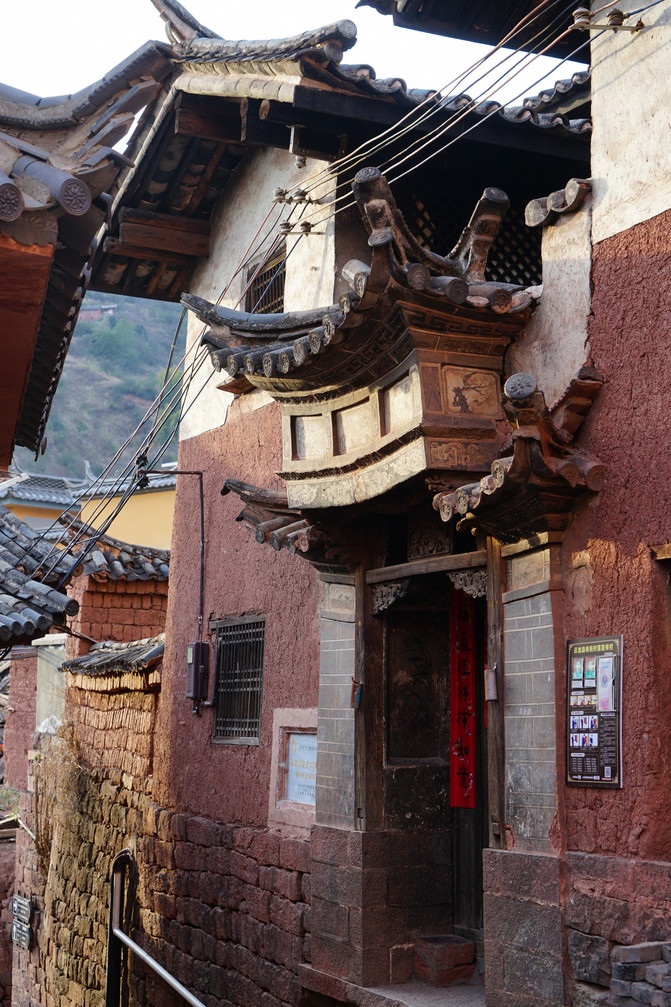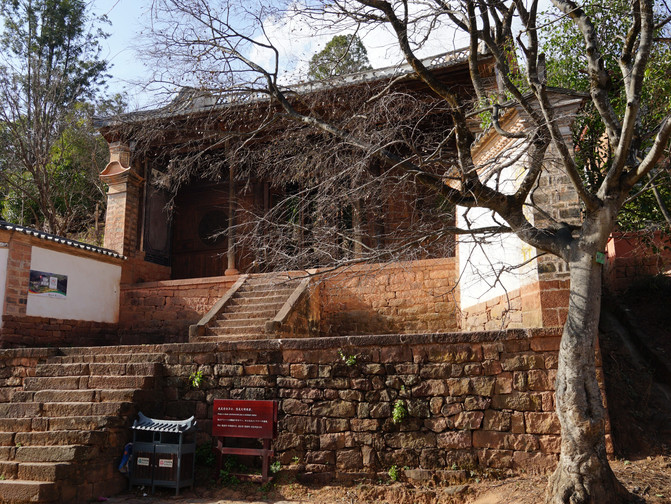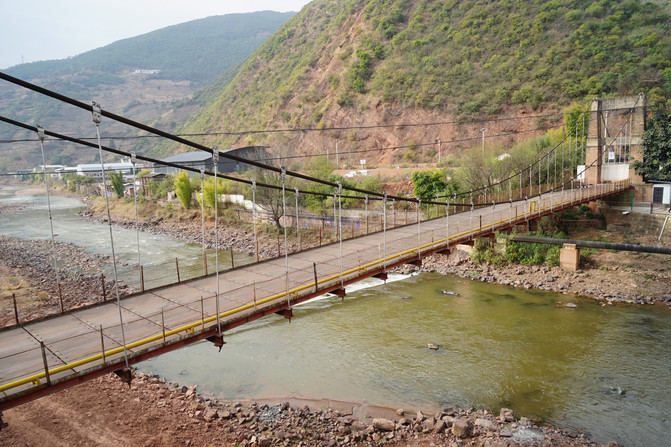Four Advances in Yunnan (Dali No. 9, Gucun Nuodeng, Part 2)



After decades of silence, Nuodeng Meimei opened twice. After salt, tourism re-flourished the village.
Compared with the squire compound with exquisite gate buildings and the petty bourgeois B & Bs full of green plants, I prefer to visit the small entrances of the alleys and courtyards where the villagers live.
Is it "the lonely wooden door covers the green moss, and the academy leans on bamboo trees to cultivate"?
It is "picking chrysanthemums under the east fence and seeing Nanshan leisurely";?
Is it "opening a noodle garden and drinking wine to talk about Ma Sang"?
Is it "dogs barking in deep alleys, cocks crowing on mulberry trees"?
……
Inadvertently turning around and looking up, I often feel that a certain scene fits a certain pastoral poem.






























Passing through the archway, you will find ancient trees all the way. Step up the steep stone steps, and you will see a group of temple buildings.
"You know etiquette when you have a solid warehouse; you know honor and disgrace when you have enough food and clothing." In Nuodeng Village, whether it is the mansion of the landlord Hao Kun and Taoist Priest Fa, or the dilapidated houses and courtyards of the poor and middle-aged farmers, they are all concentrated on the middle and lower levels of the hillside.
The place near the top of the mountain was given to the immortals.
This place seems to have become the "spiritual center" of the mountain village.


In order, there are the Confucian Temple, Martial Temple, Jade Emperor Pavilion and Buddhist Temple, which worship the gods.
The gods stand on high mountains and are responsible for communicating the connection between man and heaven.
How can this move be achieved by ordinary small mountain villages!





On the mountainside slightly lower, there is also a Sanchong Temple. This probably belongs to the Benzhu Temple, which is dedicated to the local folk patron gods. It seems to be equivalent to the City God Temple in the mainland.
The people in charge of Sanchong Temple told me one by one, but unfortunately, my "wisdom roots are too shallow" and most of them didn't understand them or forgot them after hearing them.
Sin, sin, Amitabha! I am an atheist, but I want to have this etiquette when I enter the temple and bow to pay homage.

In the temple complex, I saw the imprint of the school. Schools were still running here in 2005.
After asking the villagers, this was the case. Primary school and junior high school have been run for decades.
In the atmosphere at that time, it should be said that the Confucian Temple, Wu Temple, Taoist Temple and Buddhist Temple were a good choice as a last resort.


More than ten years after building new school buildings, the children bid farewell to Miaotang Primary School. The new school building seems to have dormitory buildings.
At 5 p.m., a grandma was picking up her grandson from the kindergarten class. She told me that there are primary school classes here, but each class has more than ten students, and the original junior high school has been cancelled. Many parents send their children to counties and towns to read.
Children from Nuodeng Village.
The rural primary school in the ravine is no longer the dilapidated look we had in our impression when we funded the Hope Project. The children in the mountains no longer have dirty faces and yellow tears running down their noses.
Rural areas are making rapid progress, and rural education is undergoing earth-shaking changes.









Every family builds new buildings, and every village is connected to roads. Earth-shaking and gratifying changes have really taken place in rural areas.
The most gratifying thing is the young people. There is no difficulty in communicating with them and getting information and keeping pace with the city. Hope in the next generation.
Yunlong Suspension Bridge and Wujiang Tai Chi Diagram.





Previous Article:Dali Erhai Tour
